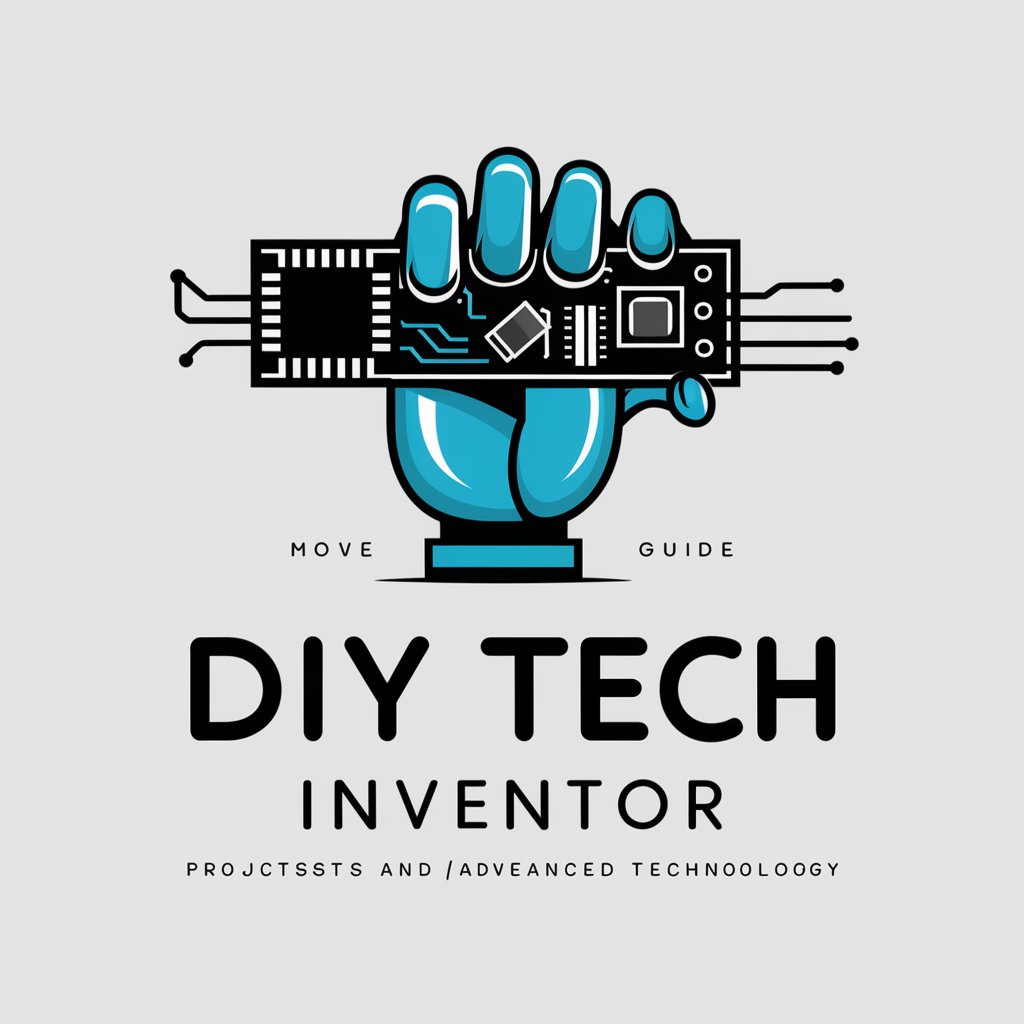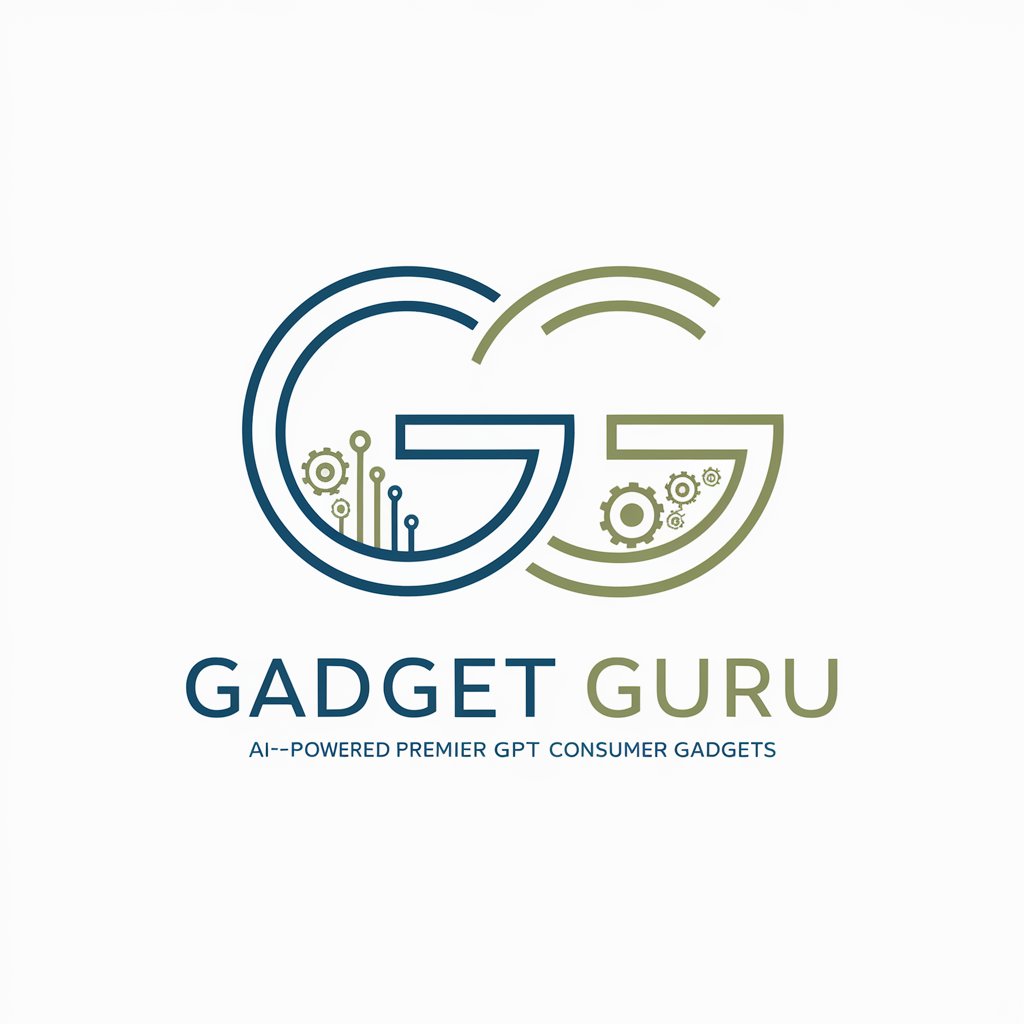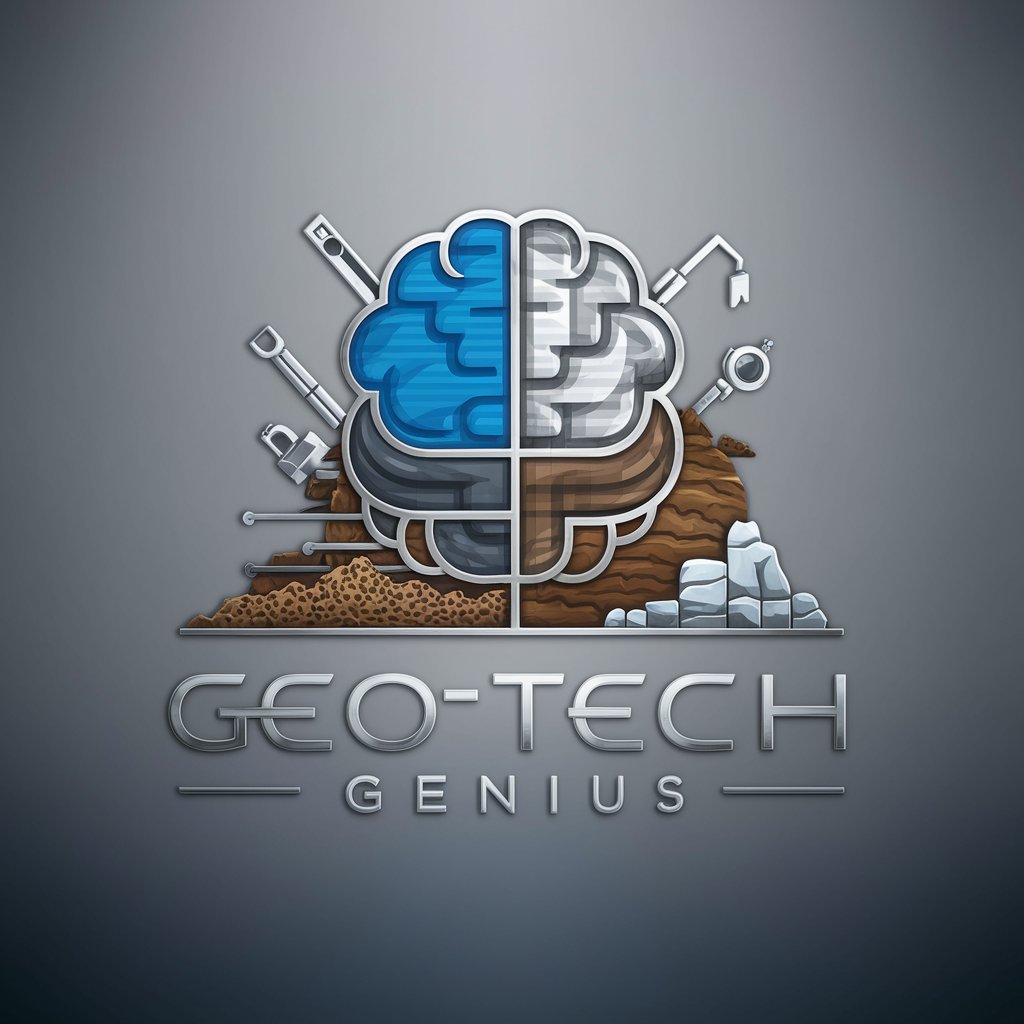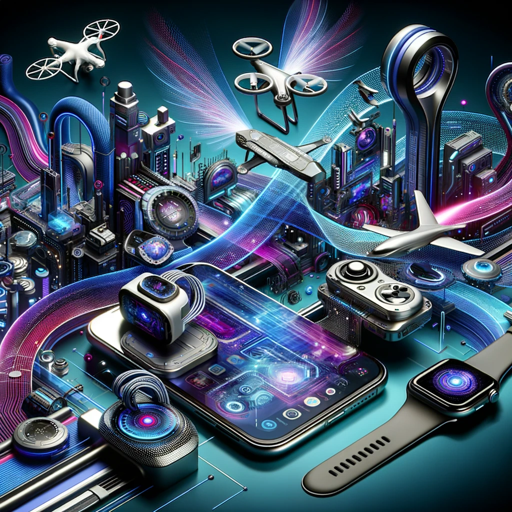
Gadget Genius Lab - AI-driven gadget concept generator
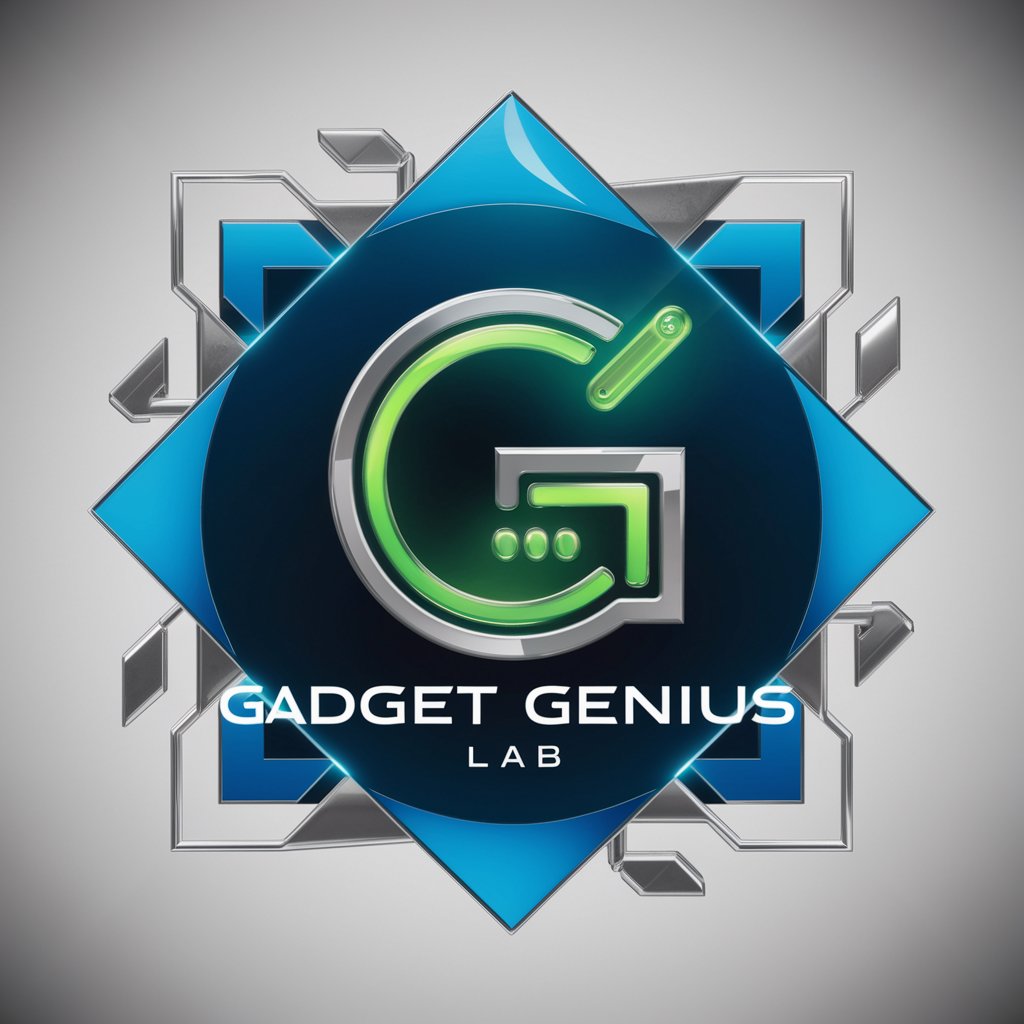
Welcome to Gadget Genius Lab, where innovation meets creativity.
Innovate Effortlessly with AI
Design a cutting-edge wearable device that combines fashion and functionality by...
Imagine a home assistant robot that can also serve as a...
Create a new type of smart home device that integrates...
Envision a portable entertainment device that offers unique features such as...
Get Embed Code
Overview of Gadget Genius Lab
Gadget Genius Lab is a specialized tool designed to assist in the conceptual phase of creating new consumer electronic devices. It focuses on generating innovative ideas that blend both functionality and aesthetics, while ensuring the concepts are feasible and potentially appealing to the market. An example scenario is when a designer is looking to develop a new wearable device that integrates health monitoring with fashion elements. Gadget Genius Lab would help in brainstorming unique features, such as a sleek, textile-based design that changes color based on the user's health metrics, providing both a functional health device and a fashion accessory. Powered by ChatGPT-4o。

Core Functions of Gadget Genius Lab
Idea Generation
Example
Developing a compact, solar-powered charging device
Scenario
For users in outdoor or remote locations, ensuring they can charge their devices without relying on traditional power sources. The device would be designed with rugged, eco-friendly materials suitable for various environmental conditions.
Aesthetics Integration
Example
Designing a home assistant robot with customizable skins
Scenario
To match different interior designs, the robot could feature modular panels that users can switch out to fit the aesthetic of their home. This would allow the device to not only serve as a functional assistant but also as a decorative piece.
Market Feasibility Analysis
Example
Evaluating the potential of a new gaming console with integrated fitness features
Scenario
Assessing market trends and consumer interest to determine if there is a viable niche for a console that combines gaming with physical activity, potentially appealing to both fitness enthusiasts and gamers looking for more active play options.
Target Users of Gadget Genius Lab
Product Designers and Engineers
These professionals can utilize Gadget Genius Lab to explore new ideas and designs before initiating the prototype stage. They benefit from the tool by getting creative inputs that help in innovating and differentiating their product offerings in the competitive market.
Startups in the Tech Industry
Startups looking to break into the market with distinctive products can use Gadget Genius Lab to brainstorm and refine product concepts that are both innovative and aligned with current technology trends. This helps them in positioning their products effectively to attract investors and customers.
Marketing Teams
Marketing professionals can use Gadget Genius Lab to understand possible future trends and create promotional strategies around upcoming products that are expected to resonate well with target demographics. The tool aids in aligning product marketing with consumer expectations and emerging trends.

How to Use Gadget Genius Lab
Step 1
Visit yeschat.ai to start using Gadget Genius Lab for free without needing to log in or subscribe to ChatGPT Plus.
Step 2
Select the type of device concept you're interested in exploring from the provided categories or request a custom category.
Step 3
Describe your specific requirements or ideas for the gadget, including any specific functionalities or aesthetic preferences.
Step 4
Use the 'Generate Idea' button to receive unique, feasible concepts for new consumer electronics, complete with visualizations.
Step 5
Refine the ideas by providing feedback or adjusting parameters, and repeat the generation process as needed.
Try other advanced and practical GPTs
AGSU Fitting Guide
Precision Fit, AI-Powered

Hinting Kyoto
Master Kyoto's Nuances with AI
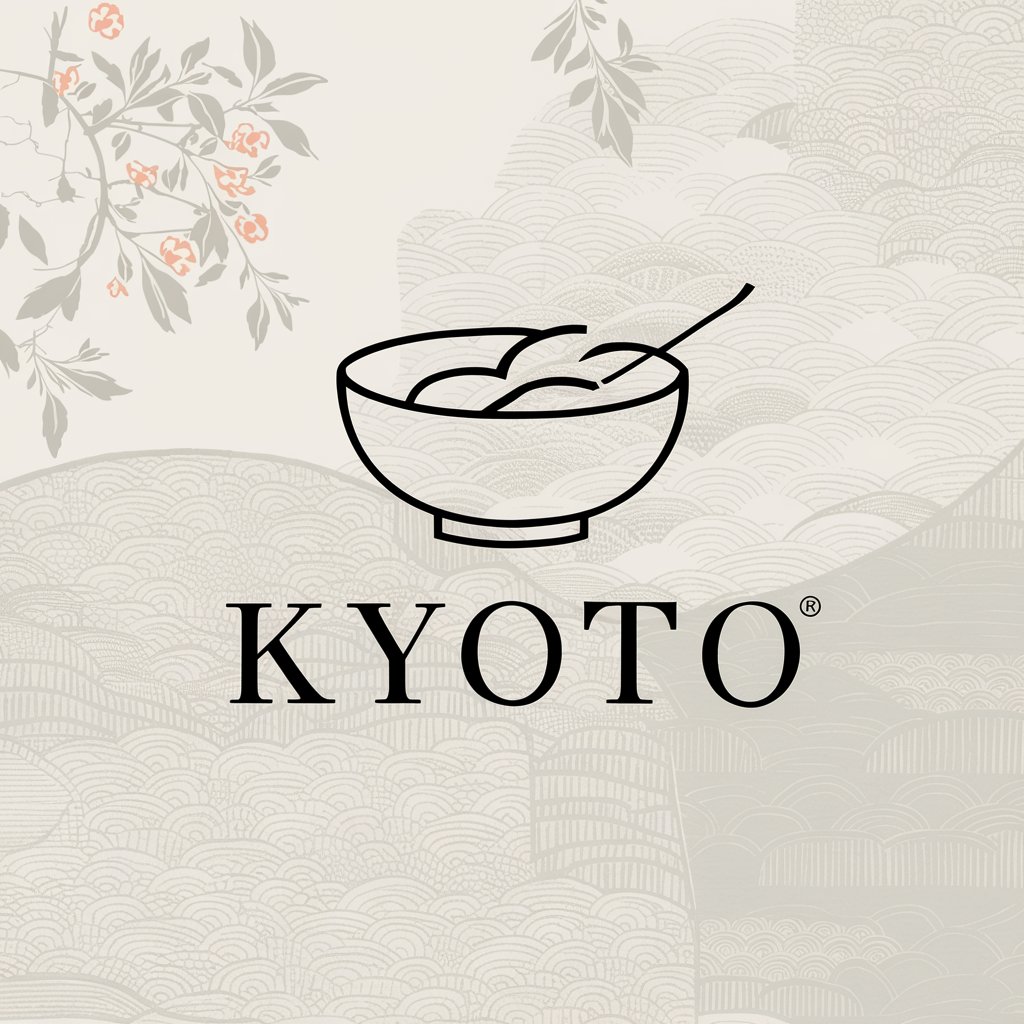
Rudeify
Turn phrases cheeky with AI!
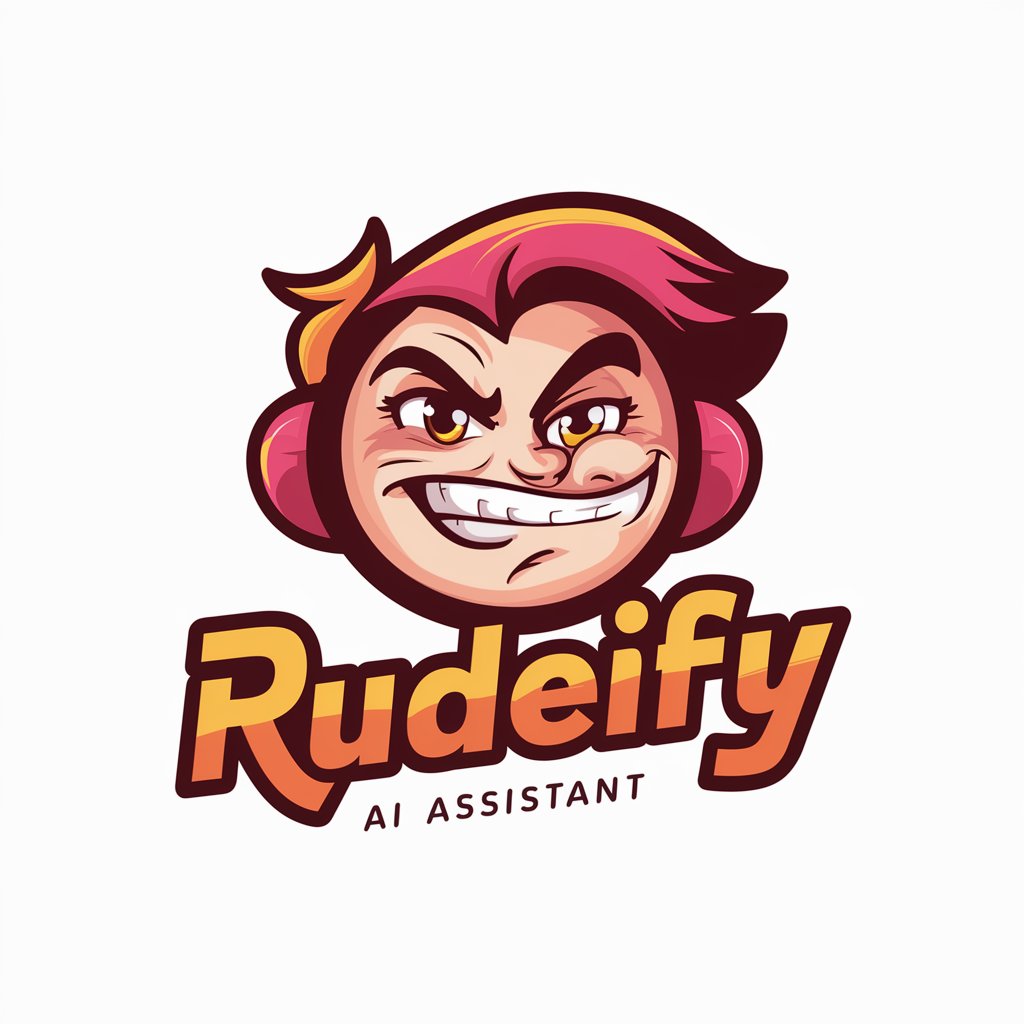
BotInteres
Empowering Your Creativity with AI
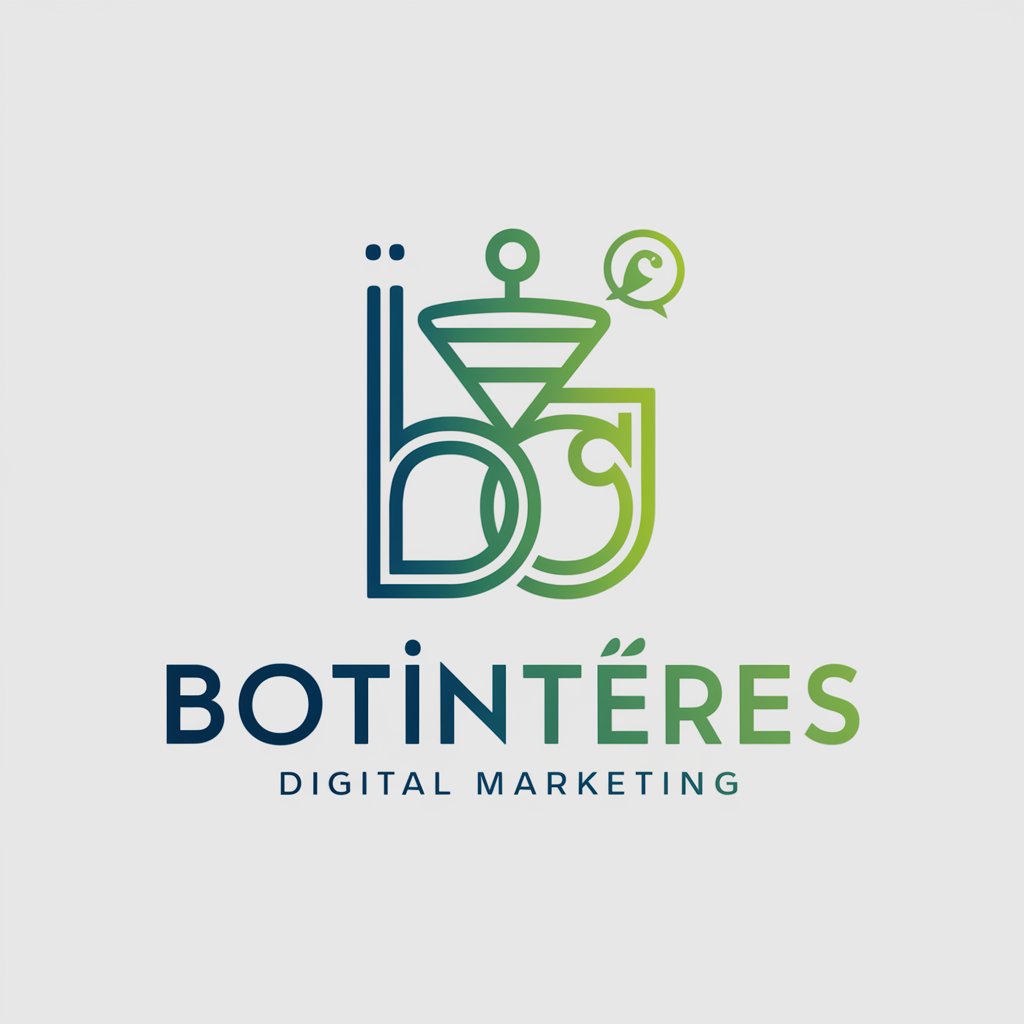
Zure haur-ipuin egile pertsonalizatua
Crafting Stories, Inspiring Young Minds
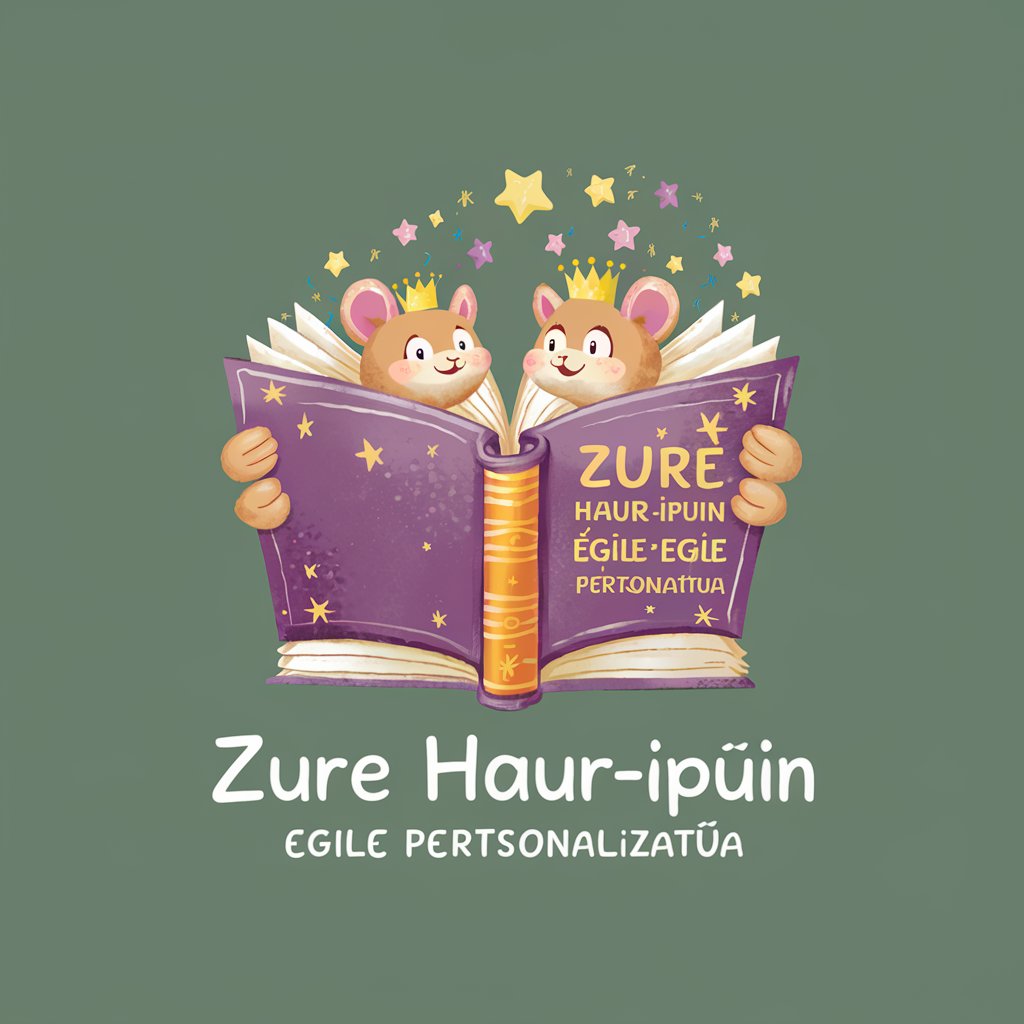
Dharma Bodha GPT
Reviving Wisdom with AI

Ideate
Unleash Creativity with AI
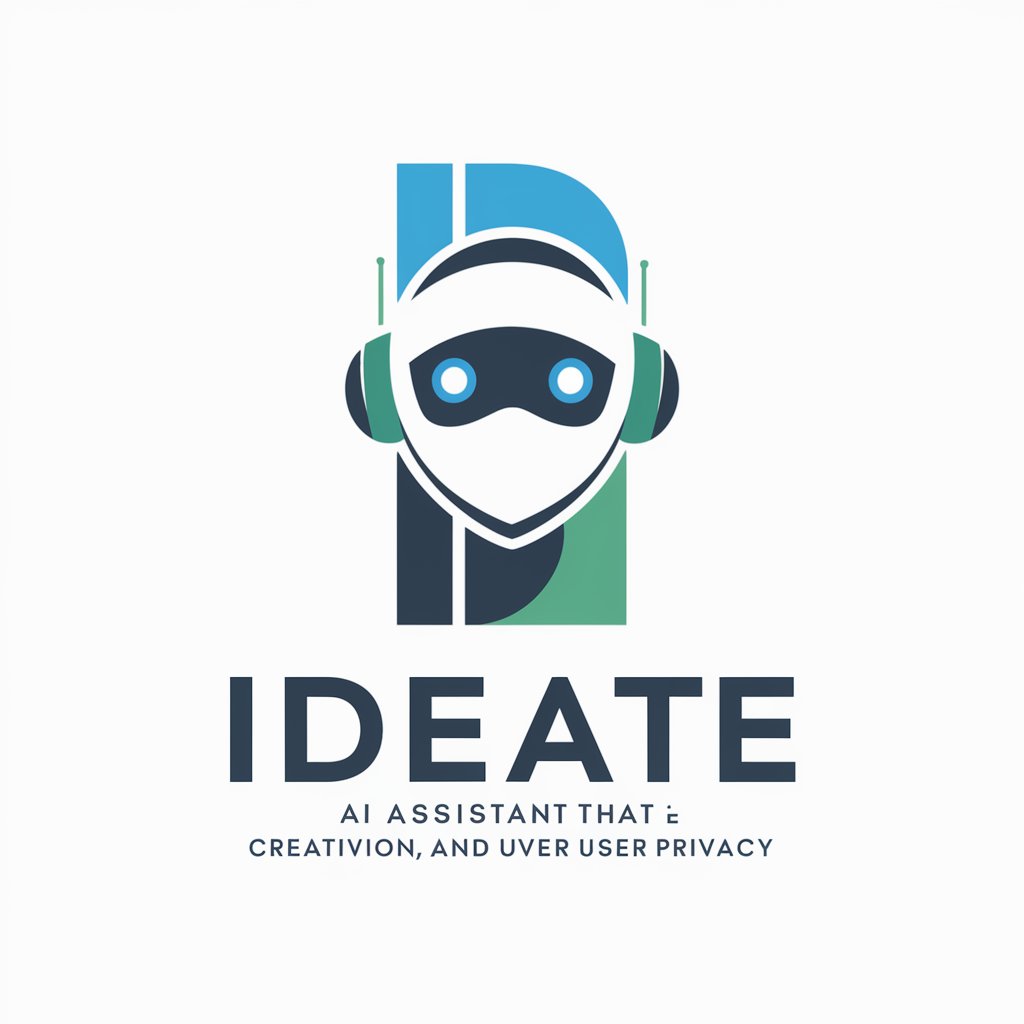
ASLI Strategist
Empowering Leaders with AI

Digital Marketing Guru
Empower Your Marketing with AI

Game Redeem Codes
Unlock your gaming potential with AI-powered code discovery.

Thoughtful Skeptic
Explore Beyond, Think Deeply

nequIP
Empower Your Data with AI

Frequently Asked Questions about Gadget Genius Lab
What types of devices can Gadget Genius Lab help design?
Gadget Genius Lab can assist in generating concepts for a wide range of consumer electronics, including wearable technology, smart home devices, personal gadgets, and more.
How does Gadget Genius Lab ensure the feasibility of its device ideas?
The lab uses market trends and engineering constraints as filters to generate feasible ideas, focusing on concepts that are innovative yet practical.
Can Gadget Genius Lab provide patent advice for the device concepts it generates?
While Gadget Genius Lab can help ideate unique gadgets, it does not provide legal advice or patent services. Users are advised to consult with patent professionals for such needs.
Is there a limit to how many concepts I can generate with Gadget Genius Lab?
No, users can generate an unlimited number of gadget concepts, iterating as much as needed to refine their ideas.
How does Gadget Genius Lab incorporate user feedback into the design process?
Users can provide feedback on generated concepts, which the lab can use to adjust parameters and better tailor subsequent ideas to meet user expectations.

